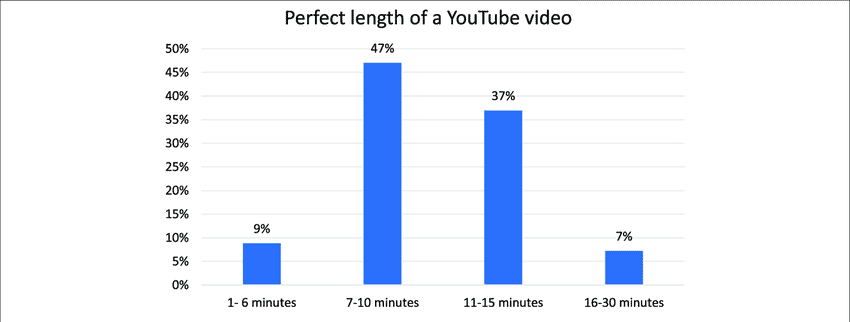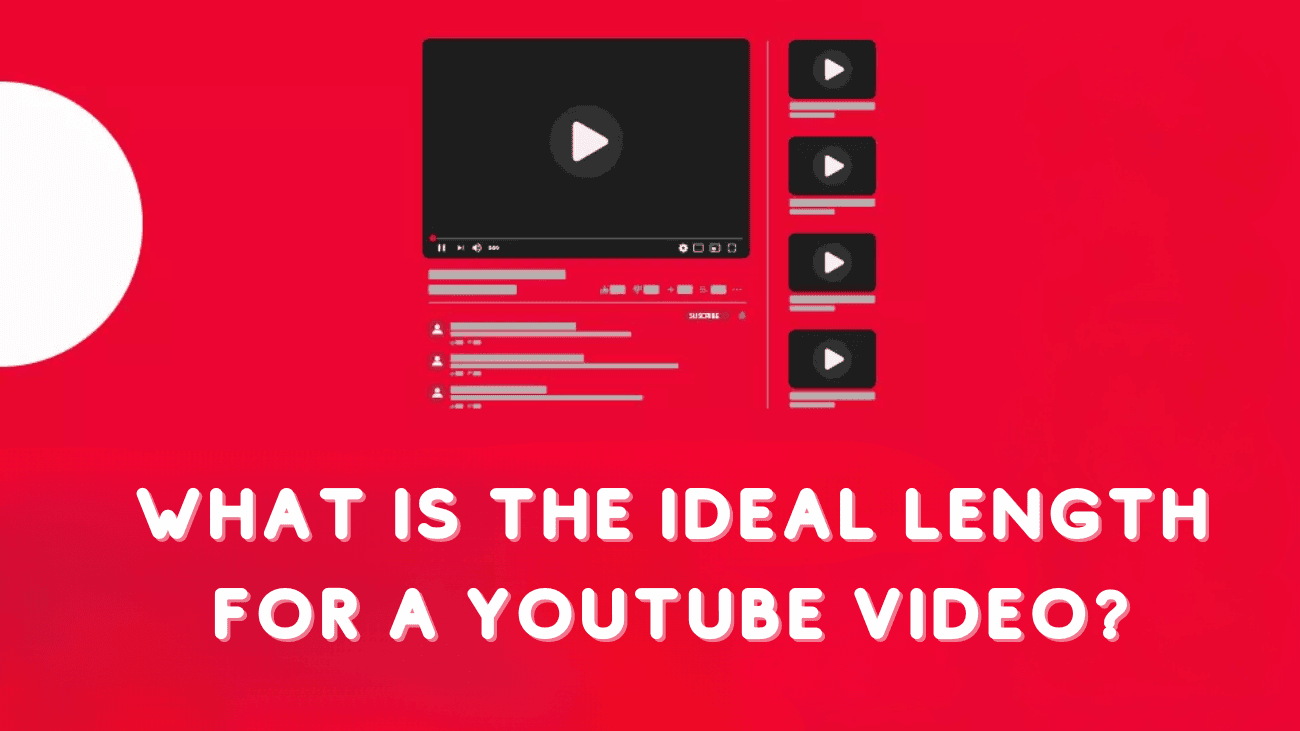The length of a YouTube video can be one of the most perplexing factors for creators, whether they’re new or experienced. Should you opt for longer videos with deliberate pacing, or cater to the algorithm’s preferences? Does YouTube favor 6-minute videos over 12-minute ones? Is TikTok now promoting longer content? The debate is ongoing.
For YouTube creators venturing into TikTok or Shorts, or short-form creators expanding into longer YouTube content, this discussion can be overwhelming.
To clear up the confusion, we aim to address some common questions and concerns from creators.
What’s the ideal length for a YouTube video?
Determining the ideal length for a YouTube video depends on several factors, including your content type, audience, and goals. Here’s a detailed look at what you should consider:

1. Content Type and Purpose
- Educational Videos: For tutorials, how-to guides, and explainer videos, the ideal length ranges from 7 to 15 minutes. This timeframe allows for comprehensive coverage of the topic while maintaining viewer engagement.
- Entertainment Videos: Content like vlogs, challenges, or entertainment skits typically perform well within a 10 to 20-minute range. This length keeps the content engaging without overwhelming the audience.
- Short-Form Content: YouTube Shorts, similar to TikTok videos, are designed for quick, snappy content under 60 seconds. These are perfect for capturing attention in a short span and are highly shareable.
- Podcasts and Long-Form Content: For in-depth discussions, interviews, or podcasts, videos can range from 20 minutes to over an hour. Dedicated viewers interested in the subject matter are more likely to engage with longer content.
2. Audience Preferences
Understanding your audience’s preferences is crucial. Analyze your YouTube Analytics to determine average watch time and viewer retention. If your audience tends to drop off after a certain point, consider shortening your videos to that optimal length.
3. Engagement and Retention
Engagement metrics, such as likes, comments, and shares, are higher when videos are concise and focused. Generally, videos that are 8 to 12 minutes long are ideal for maintaining viewer interest and ensuring higher retention rates. This length is also favorable for monetization, as it allows for mid-roll ads without overwhelming viewers.
4. Algorithm and SEO
YouTube’s algorithm favors videos that keep viewers on the platform longer. Longer videos (over 10 minutes) can help improve your channel’s watch time, a key factor in YouTube’s algorithm. However, ensure that the content justifies the length; otherwise, viewers might drop off, negatively impacting your channel’s performance.
5. Quality Over Quantity
Ultimately, the content quality should dictate the length. Avoid padding your videos to meet a specific duration. Instead, focus on delivering value and maintaining a pace that keeps viewers engaged.
Should I create longer videos on YouTube?
For YouTubers, especially those creating content under 15 minutes, it can be tempting to extend existing formats or try longer formats like video podcasts. But should you?
My advice: Make it longer if your audience will watch it.
If you’re posting 10-minute videos and the average view duration is only 2 minutes, there’s little reason to believe viewers will stick around for 20 or 60 minutes. However, if your audience is watching a significant portion of your content, it might be worth experimenting with longer videos to see if they’ll stay engaged.
YouTube values viewer retention and longer watch times. They want to serve viewers videos that will keep them engaged on the platform.
How do I decide to switch between long-form and short-form content?
This often comes down to resources and priorities. Long-form videos on platforms like YouTube can offer better monetization through ads, as longer content provides more opportunities for ad placements.
Being active on multiple platforms helps diversify your risk. If one algorithm changes drastically, it might not impact your following on the other platform. Similarly, if one platform declines, you still have an audience elsewhere.
Final thoughts
Ultimately, asking “How long should a YouTube video be?” misses the point. Many people focus on “algorithm hacking” instead of creating compelling content. While knowing the recommended video length can help in planning, there’s no magic number that substitutes for good editorial judgment.
Algorithms constantly change, and creators who rely on shortcuts for viewership often struggle when those changes occur. The key is to focus on making engaging content that resonates with your audience.

